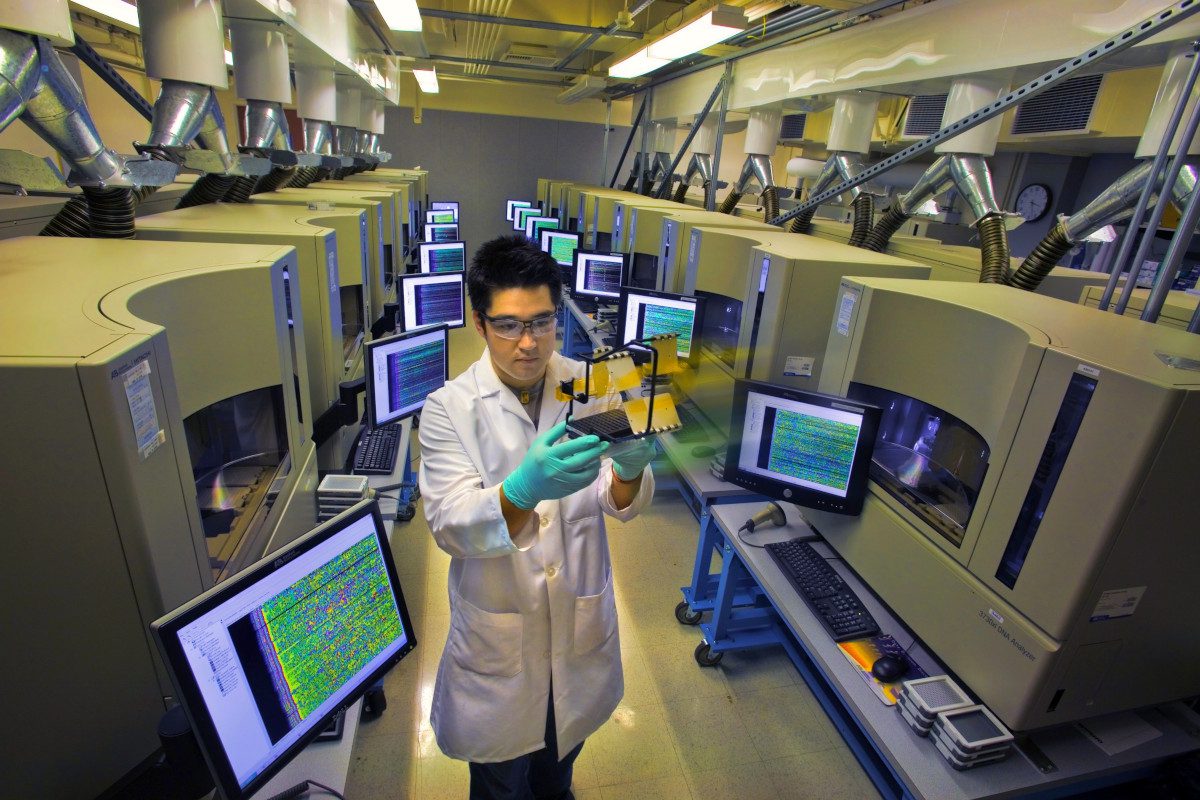
The monumental global task of restoring degraded ecosystems will need to include sophisticated technologies such as environmental DNA monitoring to understand and support the recovery of complex biospheres, researchers say in a recent article.
Genomics provides some important ‘weapons’ in the fight to repair ecosystems – from authenticating seed sources to improving the detection of invasive weeds or animals, says lead researcher Dr Martin Breed from Flinders University.
Australian and US researchers have compiled a roadmap for restoration ecologists to better use genomics to help address critical aspects of reviving degraded ecosystems.
Genomics offers vital support for reversing the decline of ecosystems, yet it is often a missing tool in the restoration ecologist toolbox.
“It can help improve seed sourcing practices for revegetation under climate change,” says Dr Breed.
“Genomics can tell us where we should be getting our seed from, which will have a better chance of surviving climate change impacts like more frequent and more intense heat waves.
“As well, genomics is really the only way to track the return of soil microbes that support the rest of life on earth – the plants and animals.
“Plus, genomics can be used to screen for whether threatened species or undesirable species like invasive plants and animals are coming back after restoration efforts.”
Greater uptake of genomics has clear potential to improve the huge task ahead – particularly in light of the UN Decade on Ecosystem Restoration declaration that supports the Bonn Challenge to restore 350 million hectares of degraded ecosystems by 2030.
The roadmap for restoration ecologists to add genomics to their toolbox includes the need for improved communication across the restoration and genomics sector. The strategy calls for:
- LEVERAGING communication across various restoration specialities,
- ADOPTION of genomics in the sector beyond the early adopters through better awareness of genomics across the restoration sector,
- IMPROVING access to the complementary skills required for genomics, such as bioinformatics and computing science, and
- FOSTERING interdisciplinary collaborations.
Ensuring funding for research and development of ancillary elements such as bioinformatics and computing infrastructure will support this innovative approach to ecosystem restoration.
The article appears in in Philosophical Transactions of the Royal Society B (Royal Society Publishing).
The project was funded by the Australia Research Council.






